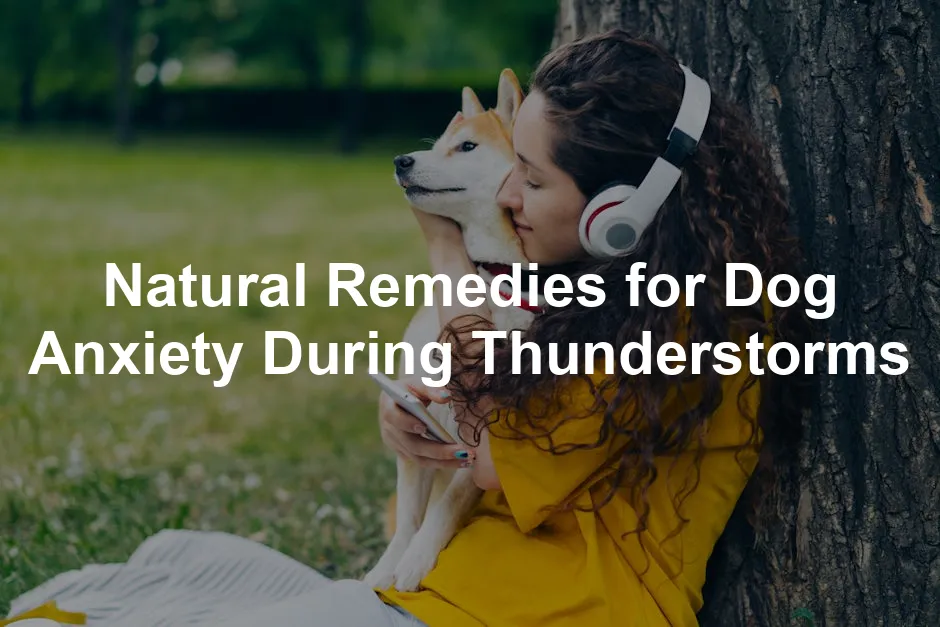Introduction
When the skies rumble and the winds howl, many dogs transform from playful pups to trembling wrecks. Thunderstorms can be frightening for our furry friends, triggering anxiety that leaves them feeling vulnerable and scared. It’s estimated that about 30-40% of dogs experience anxiety during storms. This fear can manifest in various ways, from excessive barking to destructive behavior.
But fear not! This article aims to provide you with natural remedies and practical strategies to help your dog feel at ease during these tempestuous times. With the right approach, you can turn stormy nights into cozy cuddle sessions instead of chaos.
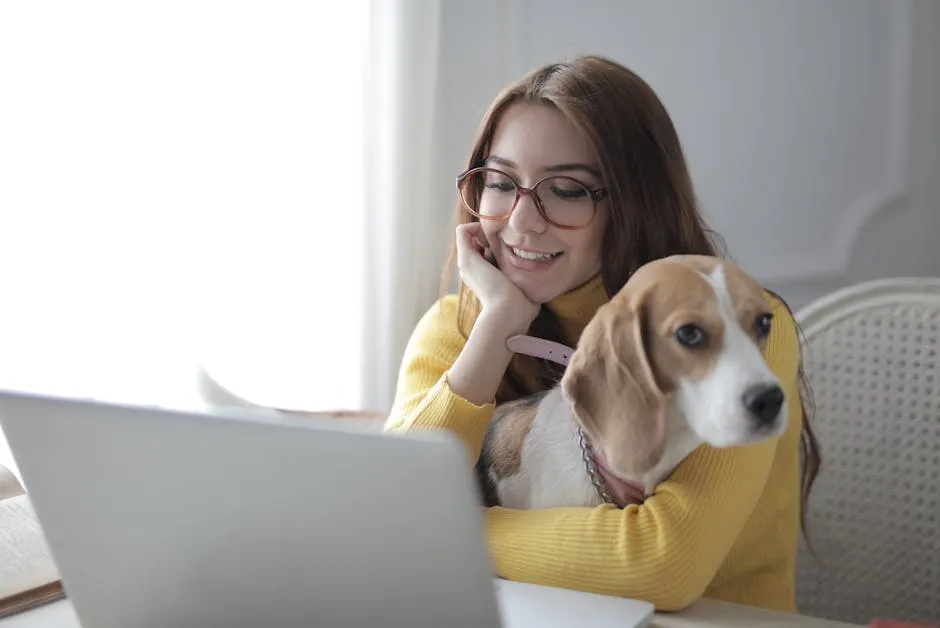
Understanding Dog Anxiety During Thunderstorms
Why Do Dogs Experience Anxiety?
Dogs are extraordinary creatures with heightened senses, especially when it comes to hearing. They can detect sounds from four times farther than humans, making thunderclaps sound like cannon fire to them. This sensitivity can trigger fear and anxiety, as these loud noises are often unpredictable and alarming.
Additionally, dogs are instinctively aware of environmental changes. Sudden shifts in barometric pressure can create discomfort, and the static electricity that builds before a storm can be unsettling. Combine these factors with flashes of lightning, and it’s no wonder many dogs feel anxious.
Genetics also plays a role. Some breeds, like herding dogs, may be more prone to anxiety due to their instinctual behaviors. Moreover, dogs with past traumatic experiences—perhaps a rescue dog who faced storms in their previous life—are more likely to develop anxiety during thunderstorms. Understanding these triggers is crucial for addressing your dog’s fears effectively.
Recognizing the signs of anxiety early can lead to timely interventions, ensuring your dog feels secure during stormy weather. So let’s keep an eye out for those telltale signs and make our furry friends feel safe and sound!
Signs of Storm Anxiety
When the storm clouds gather, your dog might not just be a little nervous. They could be experiencing full-blown anxiety! Here are some common signs to watch for:
- Clinging Behavior: If your pup suddenly becomes your shadow, they might be feeling anxious. They’ll stick close to you, looking for comfort and security.
- Hiding: A scared dog may seek out dark, confined spaces. Look for them tucked away under the bed or in the closet. It’s their way of trying to escape the chaos of the storm.
- Excessive Panting or Trembling: If your dog is panting like they just ran a marathon or shaking like a leaf, it’s a clear signal that they are feeling stressed.
- Destructive Behavior: Some dogs express their anxiety by chewing furniture or clawing at doors. This behavior is their way of coping with the fear they can’t articulate.
Recognizing these signs early is crucial. The sooner you identify your dog’s anxiety, the sooner you can take steps to help them feel secure and calm. Ignoring these signals might lead to worsening anxiety and more severe reactions in the future. Being proactive can make all the difference in your dog’s comfort during thunderstorms.
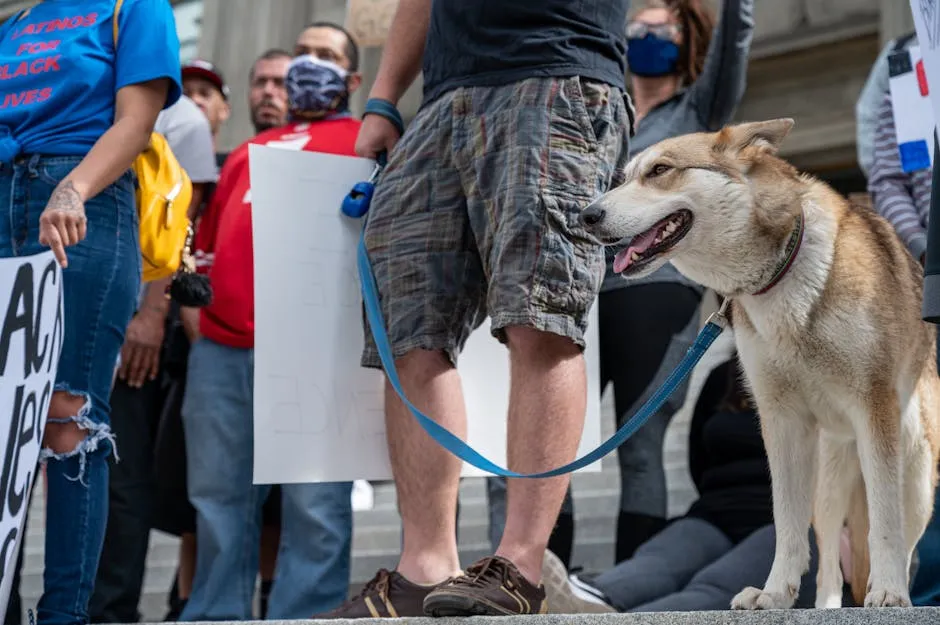
Natural Remedies for Alleviating Dog Anxiety
Creating a Safe Space
Creating a cozy, secure area for your dog during storms is essential. Start by selecting a quiet spot in your home—perhaps a corner of the living room or a bedroom. Here are some tips:
- Comfortable Bedding: Use a soft bed or blanket to make the area inviting. Your dog will appreciate a plush spot to curl up in.
- Familiar Smells: Incorporate items that smell like home. Adding their favorite toys or a piece of your clothing can provide comfort. Familiar scents help soothe anxious dogs.
- Soundproofing: Close the curtains to block out flashes of lightning and dampen noise. You can even use blankets or cushions to help muffle the sound of thunder.
- Calm Environment: Keep the area calm and inviting. Avoid loud noises and distractions, allowing your dog to relax in their designated space.
By creating this sanctuary, you give your dog a safe retreat from the storm. They’ll feel more secure and much less anxious when they have a special place to retreat to during those thunderous nights. Remember, a little preparation goes a long way in helping your furry friend weather the storm!
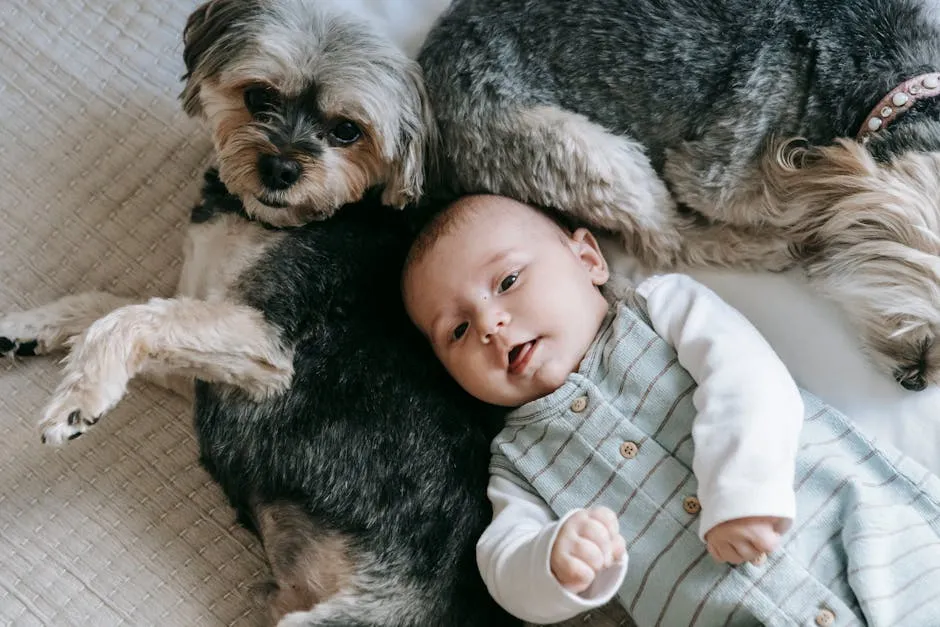
Pheromone Diffusers
When storms rumble, many dogs feel overwhelmed. This is where pheromone diffusers come in, acting like a hug in the air! Products like Adaptil Pheromone Diffuser release calming pheromones. These pheromones mimic the natural ones produced by mother dogs to soothe their puppies.
Using a diffuser can create a tranquil atmosphere. Simply plug it into an outlet in your dog’s safe space. The calming scent wafts through the air, offering comfort during stormy weather. Many dog owners report that their pups seem less anxious and more relaxed with these diffusers. They’re a great addition to your toolkit for easing storm anxiety!

Natural Supplements
Herbal supplements can offer a natural approach to easing your dog’s anxiety. Chamomile and valerian root are two popular options. Chamomile is known for its calming effects, while valerian root can help promote relaxation. Both can be found in various forms, including treats and powders, making them easy to administer.
Another natural remedy gaining popularity is CBD Oil for Dogs. It’s derived from hemp and is known for its potential to manage anxiety. If you’re considering CBD, consulting your veterinarian first is essential. They can guide you on the appropriate dosage, which typically ranges from 1-2 mg per 10 pounds of body weight. Always remember, starting with a lower dose and monitoring your dog’s reaction is best.

Background Noise and Music
Playing soothing music or white noise can work wonders for anxious dogs during thunderstorms. Just like humans, dogs find comfort in familiar sounds. Classical music, especially, has been shown to help calm pets. With its gentle melodies and steady rhythms, it can create a peaceful atmosphere.
Try setting up a playlist specifically for stormy nights. You can also use white noise machines or apps designed for pets. These devices help drown out the loud booms of thunder, making the storm less frightening. Additionally, background noise can provide a sense of companionship, easing your dog’s stress.
Make sure to keep the volume at a comfortable level, just loud enough to mask the thunder. Experiment with different types of music to see what your dog responds to best. The right tunes can turn a terrifying storm into a relaxing evening.
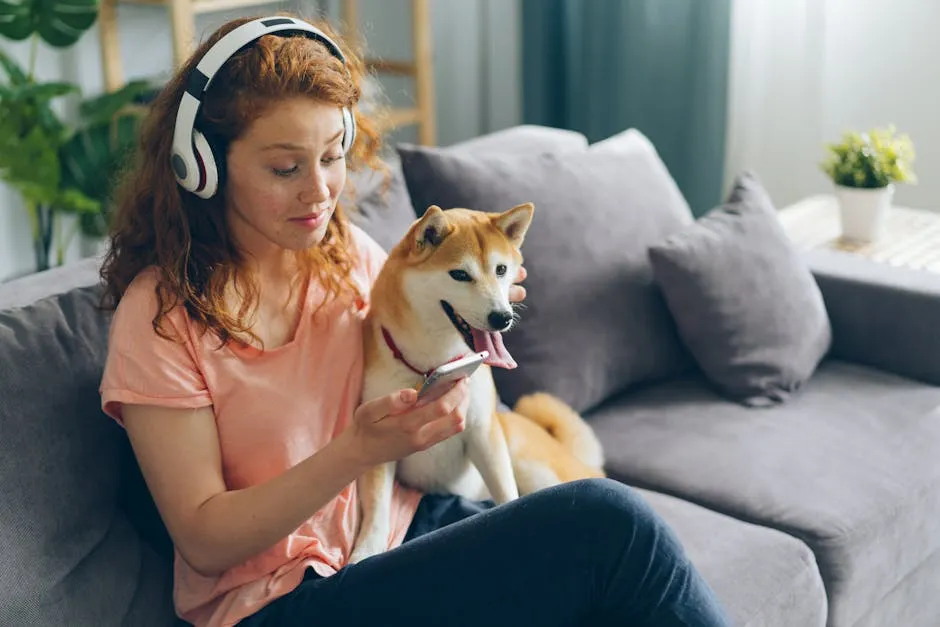
Distraction Techniques
Engaging Activities
Keeping your dog engaged during storms is a fantastic way to divert their attention. Think about incorporating toys, games, and gentle interactive activities. Puzzle toys can be particularly effective, as they stimulate your dog’s mind while keeping them occupied. Fill them with treats or peanut butter, and watch your pup focus on the task at hand, momentarily forgetting about the thunder outside.
Consider playing tug-of-war or fetch in a safe area of your home. These interactive games not only distract them but also provide an outlet for energy. If your dog enjoys training, use this time to teach them new tricks or commands. Positive reinforcement through treats and praise will help create a positive association with stormy weather.
For added comfort, cuddle with your dog during their favorite activities. Your presence can be reassuring, helping them feel secure amidst the chaos. Keeping their mind and body engaged is key to alleviating storm anxiety.
Don’t underestimate the power of distraction—it can transform your dog’s stormy experience from fearful to fun!

Calming Scents
When storms roll in, many dogs need a little extra comfort. Essential oils can work wonders! Two popular options are lavender and chamomile. Their calming properties can help ease anxiety.
Lavender oil is renowned for its soothing effects. You can use it in various ways. Try diffusing it in the room where your dog hangs out. Just a few drops will do! Alternatively, mix it with a carrier oil and lightly massage it into your dog’s fur. Remember to avoid direct application to the skin without dilution.
Chamomile is another fantastic choice. This oil can help soothe nerves and promote relaxation. You can use chamomile tea bags as a calming treat. Brew a bag, let it cool, and soak a cotton ball. Then, let your dog sniff it. The gentle aroma can create a calming atmosphere.
Always consult your vet before using essential oils. Some oils may not be safe for pets. Proper dilution is key, as dogs are sensitive to strong scents. With the right application, calming scents can create a serene environment for your anxious pup during thunderstorms.

Behavior Modification Techniques
Desensitization
Desensitization is a powerful technique to help your dog cope with storm anxiety. Start by exposing them to storm sounds at a low volume. It’s best to do this when there are no storms nearby. Use recordings of thunder or rain and play them softly. Gradually increase the volume over time. Pair this with treats and praise to create positive associations.
For instance, when your dog hears the sound, offer them a favorite treat. This will help them link the noise with something enjoyable. The key is to be patient. It may take several sessions before your dog feels more comfortable with the sounds. Consistency is crucial. Make it a regular activity to help them build confidence.

Counterconditioning
Counterconditioning is another effective method. This technique focuses on changing your dog’s emotional response to storms. Start by using treats and praise during storm practice sessions. When they hear storm sounds, shower them with love and goodies! This helps them associate storms with positive experiences.
You can also play games or engage in fun activities during practice sessions. Whether it’s tossing a toy or teaching a trick, keeping their mind engaged can distract them from their anxiety. Over time, your dog will learn that storms are not something to fear but rather a cue for fun and treats.
Both desensitization and counterconditioning require time and commitment. But with patience and consistency, you can help your dog feel more at ease during thunderstorms.
Things to Avoid
Common Missteps
When dealing with dog anxiety during storms, it’s essential to avoid common missteps. Over-coddling your dog may feel comforting, but it can actually reinforce their anxiety. While it’s natural to want to console them, excessive reassurance can signal that there’s something to fear. Instead, maintain a calm demeanor.
If your dog displays fearful behavior, avoid punishing them. Punishment only confirms their fears and can worsen their anxiety. Instead, focus on positive reinforcement. Celebrate small steps toward improvement!
Another mistake is reacting with panic. Your dog is highly attuned to your emotions. If you’re anxious, they will likely pick up on that. Stay composed and act as a steady presence.
Remember, it’s crucial to create a supportive environment without amplifying your dog’s fear. By avoiding these missteps, you’ll help your furry friend navigate stormy weather with greater ease and confidence.

When to Consult a Veterinarian
If your dog exhibits severe anxiety during thunderstorms, it may be time to consult a veterinarian. Not all cases can be managed with natural remedies alone. Here are some signs that your furry friend’s anxiety may require medical intervention:
- Extreme Panic: If your dog trembles uncontrollably, hides for hours, or attempts to escape, these behaviors indicate heightened fear. In some cases, they may injure themselves trying to flee.
- Destructive Behavior: Is your dog chewing furniture or scratching doors? These actions can be signs of severe stress and anxiety. When anxiety leads to destruction, it can pose health risks.
- Excessive Barking or Whining: If your dog’s vocalizations become incessant, it’s a red flag. Continuous barking or whining can indicate distress that needs addressing.
- Physical Symptoms: Look out for panting, drooling, or pacing. These physiological responses can suggest your dog is struggling to cope with their anxiety.
In these situations, discussing prescription medications with your vet is advisable. They may recommend anti-anxiety medications or sedatives. Common options include:
- Benzodiazepines: Drugs like Diazepam or Alprazolam can provide immediate relief from anxiety.
- Antidepressants: These medications, such as fluoxetine, can help manage anxiety over time.
- Natural Supplements: Products like Zylkene Natural Calming Supplement or Anxitane are derived from natural sources and can be effective for some dogs.
Always consult your veterinarian before starting any new medication. Their expertise will help ensure that your dog receives the most appropriate care tailored to their needs.
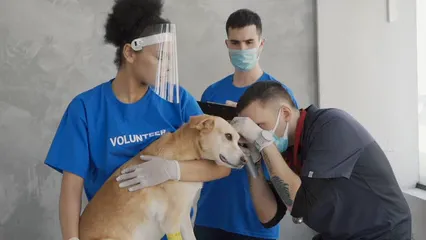
FAQs
What are the most effective natural remedies for dog anxiety?
Natural remedies can include calming scents like lavender, background noise such as soothing music or white noise, and engaging activities like puzzle toys. Establishing a safe space is also key.
Can I use essential oils on my dog?
Yes, but always consult your veterinarian first. Essential oils must be diluted to ensure safety. Some oils can be harmful if misused, so professional guidance is essential.
How can I help my dog if they are already scared during a storm?
Provide comfort by staying calm and speaking softly to your dog. Create a safe space with familiar items and consider distracting them with toys or treats.
Are some dog breeds more prone to storm anxiety?
Yes, breeds like Collies, Beagles, and German Shepherds may be more susceptible to storm anxiety. Rescue dogs with past trauma are also at higher risk.
What should I do if my dog has a severe reaction to thunderstorms?
If your dog shows extreme panic or destructive behavior, consult a veterinarian. They may recommend behavior therapy or prescribe medication to help manage anxiety.
Conclusion
Understanding and addressing dog anxiety during thunderstorms is crucial for both pets and their owners. Storms can be terrifying experiences for our furry companions, but there are many ways to help them cope. Natural remedies often serve as the first line of defense against anxiety. They can create a calming environment, provide distraction, and promote relaxation without resorting to medication.
It’s essential to exercise patience and consistency when implementing these strategies. Every dog is unique, and what works for one might not work for another. Some dogs may take more time to adjust, while others may respond quickly.
Before considering medications, give natural remedies a fair shot. With love, understanding, and a little creativity, you can help your dog feel safe and secure during the stormy weather. By being proactive, you not only ease their anxiety but also strengthen the bond you share with your beloved pet.

For those looking for ways to help their dogs manage anxiety, exploring best hypoallergenic dog breeds for allergy sufferers can be beneficial as some breeds are more prone to anxiety.
Additionally, consider investing in a Calming Dog Bed or a ThunderShirt Anxiety Jacket to provide additional comfort during those stormy nights.
Please let us know what you think about our content by leaving a comment down below!
Thank you for reading till here 🙂
All images from Pexels

